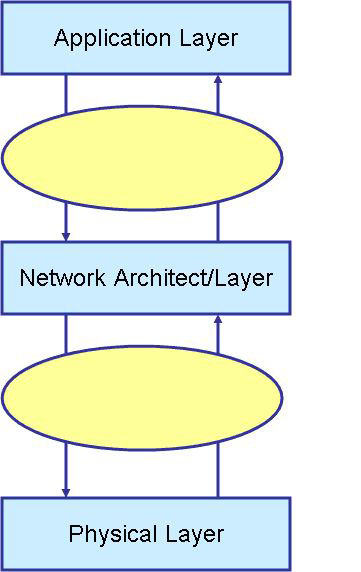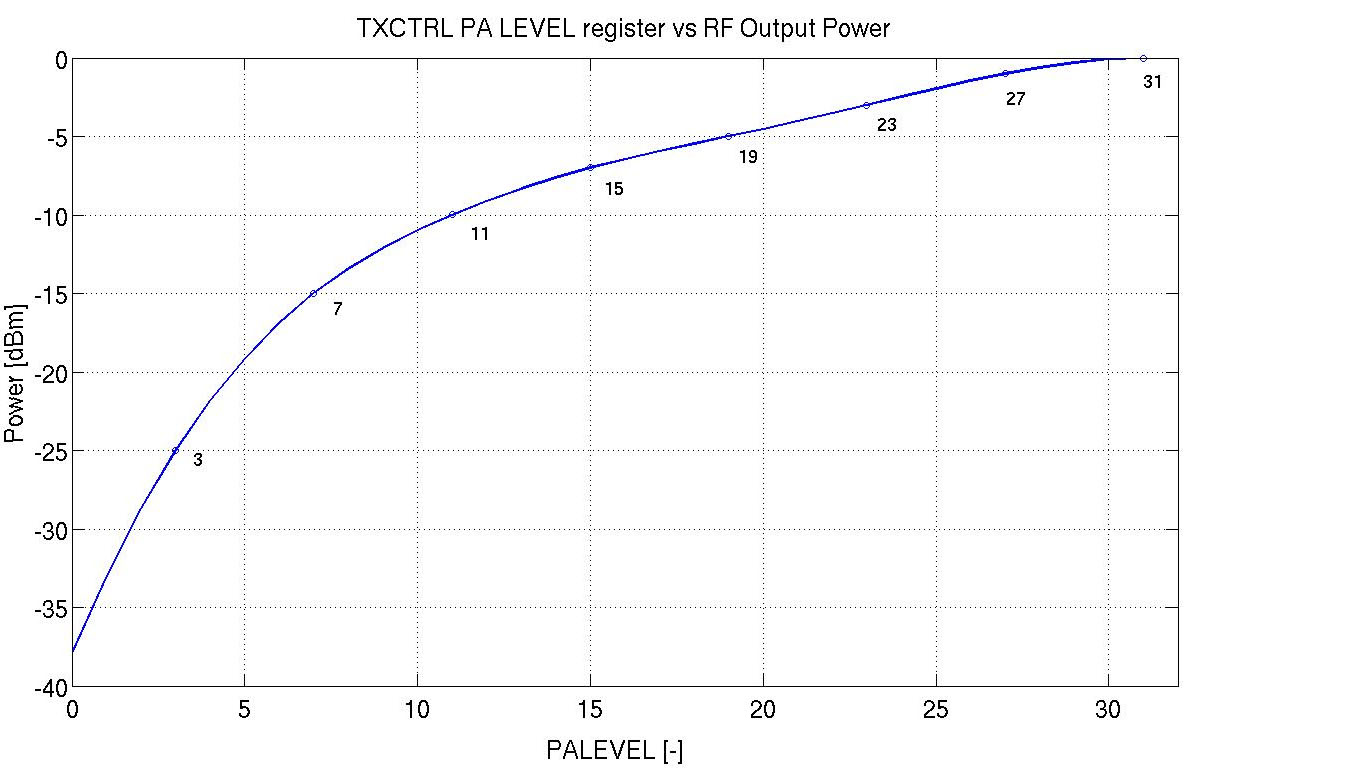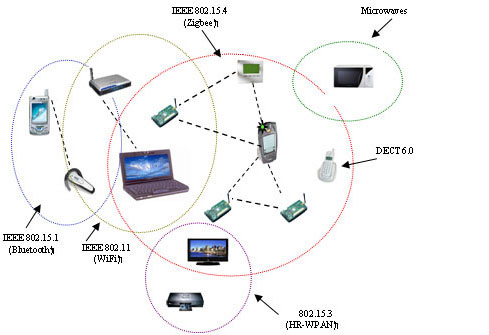Research applications
AvroraZ represents several extensions to Avrora that enable the research community to validate time-dependent properties of sensor networks with IEEE802.15.4 compliant radio chips like the Texas Instruments Chipcon cc2420 chipset. Wireless sensor network deployments can now be carried out with more confidence after detailed instruction-level simulation has been performed. Furthermore, various interesting research issues can now be simulated with AvroraZ. We list some in the following:
Cross Layer applications
OSI layered architecture is used in many communication systems where there is relatively large communication bandwidth, processing power, memory capacity and energy resources. However, unlike most conventional networks, individual nodes in wireless sensor networks (WSN) are limited in resources.Therefore, in order to save these resources, the layered architecture of WSN needs to be adapted to be able control these resources in a more intelligent and efficient manner.
Cross-layer design and optimization is a technique which can be used to design and improve the performance in wireless sensor networks. The central idea of cross-layer design is to optimize the control and exchange of information over two or more layers to achieve significant performance improvements by exploiting the interactions between various protocol layers.
Following this approach, routing protocols over wireless sensor can use physical layer information to enhance routing metrics and to decide the best route . These kind of protocol layered designs can be tested in the avroraZ emulator since RSSI and correlation values can indicate the quality of each channel.
Power control applications
Eficient power control algorithms are of major concern for wireless sensor networks, because the power consumption can be significantly decreased and also because the interference can be reduced, allowing for higher throughput. Hence Furthermore, empirical studies confirm that the quality of radio communication between low power sensor devices varies significantly with time and environment. This phenomenon indicates that the previous topology control solutions, which use static transmission power, transmission range, and link quality, might not be effective in the physical world. To address this issue, online transmission power control that adapts to external changes is necessary. For example, Adaptive Transmission Power Control (ATPC) protocol employs a feedback-based transmission power control algorithmto dynamically maintain individual link quality over time. This approach can either achieve more energy savings with a finer tuning capability or be robust even with environmental changes over time depending on the set up parameters introduced.These transmission power control protocols can be emulated onto avroraZ since the implementation provides all 32 power levels provided by the cc2420 radio chip. Therefore, transmission power levels can be controlled in 32 steps improving efficiency and network lifetime. The power range is [-37,0] dBm and the values should be set in the TxCTRL radio chip register. The relationship between the output power and the level value of the register can be seen in the left figure.
Interference avoidance
Wireless systems continue to rapidly gain popularity. Most of those systems are working in the license-free industrial scientific medical (ISM) frequency bands, where neither resource planning nor bandwidth allocation can be guaranteed. To date, the most widespread systems in the 2.4 GHz ISM band are IEEE802.11 and Bluetooth, 802.15. and IEEE802.15.4 as upcoming standards for short range wireless networks. Therefore, interference from colocated networks operating over the same frequency range, becomes an increasingly severe problem as the number of networks overlapping geographically increases. Experiments showed that such interference is indeed a major problem, causing up to 58% packet loss to a multihop 802.15.4 sensor network competing for radio spectrum with a WiFi network.
Hence, researchers are studying the possibility of including interference estimators that can be efficiently implemented on resource constrained motes using off-the-shelf radios and outline distributed algorithms that use these estimators to dynamically switch frequencies as interference is detected. The avroraZ radio model implementation in which a noise time trace recorded in real scenarios with interference devices in the ISM band can be introduced, together with the 16 multi-channels provided and designed to protect the interferences between different channels, can help researchers to perform multi-channel protocol simulations on AvroraZ to avoid interference in ISM band.
IEEE 802.15.4 compliant implementations
The low rate WPAN (IEEE 802.15.4/LR-WPAN) is intended to serve industrial, residential and medical applications, using very low power consumption and cost requirement with relaxed needs for data rates and QoS. While the IEEE 802.15.4 WPAN standard defines both the physical layer and MAC layer protocols for remote monitoring and control, as well as sensor network applications, Zigbee is an industry consortium with the goal of promoting the IEEE 802.15.4 standard. Zigbee ensures interoperability by defining higher network layers and application interfaces.
Since the avroraZ implementation is designed referring to the cc2420 RF chip, it has characteristic of 802.15.4 physical such as CCA, RSSI, LQI, multi-channel and CRC etc developers can emulate 802.15.4 standard implementations that already work in real networks on it. Furthermore, upper layer designed to work with the the standard like the Zigbee can be also emulated on avroraZ.




